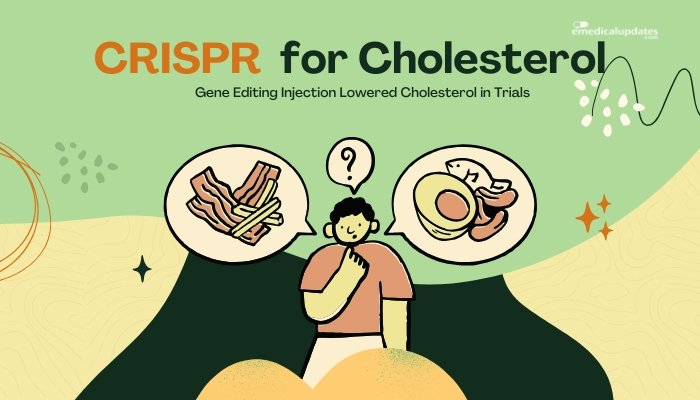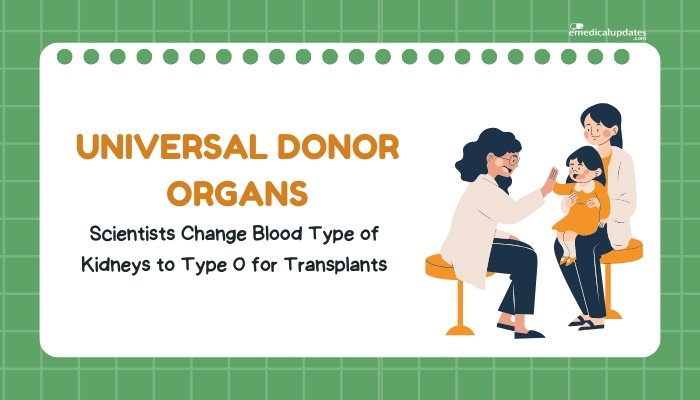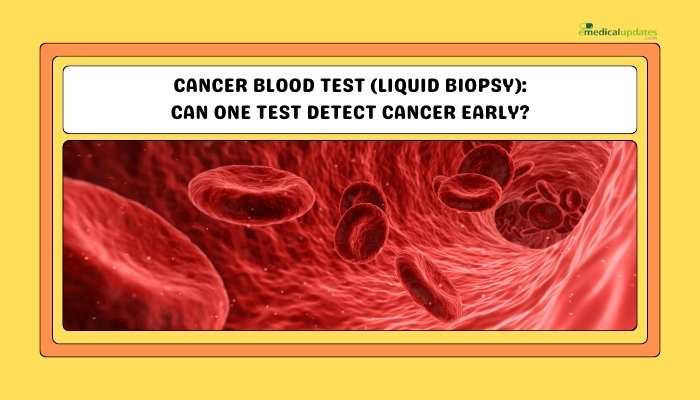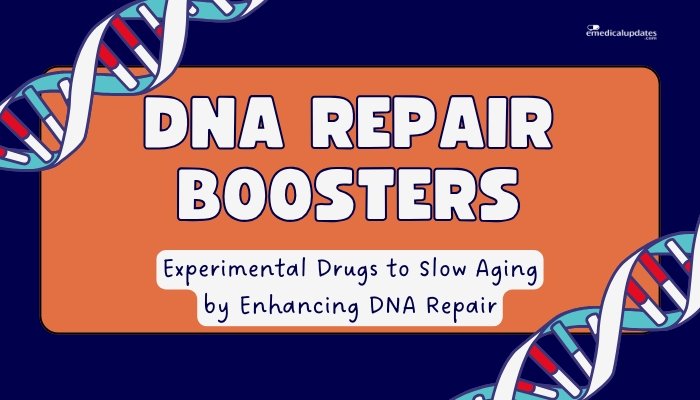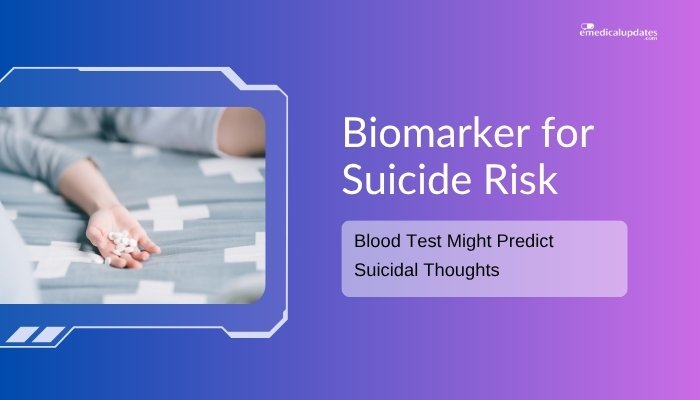Introduction
High cholesterol—particularly elevated low-density lipoprotein (LDL) levels—remains a major risk factor for heart disease, the leading global cause of death. While medications like statins help control LDL, not all patients respond or tolerate them well.
Enter CRISPR gene editing—a technology that modifies DNA precisely. Recent clinical trial data suggest that a CRISPR-based injection targeting specific cholesterol-regulating genes could dramatically lower LDL with a single dose, offering a potential game-changer for long-term cardiovascular risk reduction.
This article explores how CRISPR therapy for high cholesterol works, the early study outcomes, and what it could mean for the future of lipid management.
Why Tackle LDL with Gene Editing?
Traditional Cholesterol Treatments
- Statins: Effective but can cause muscle pain, elevated liver enzymes, or other side effects. Some patients remain resistant or intolerant.
- PCSK9 Inhibitors: Injected monoclonal antibodies that reduce LDL but must be taken regularly and can be expensive.
- Diet and Lifestyle: Important for overall heart health but not always enough to achieve target LDL levels in high-risk patients.
Given these limitations, a one-time CRISPR injection that permanently modifies the relevant genetic pathways might provide a more durable solution.
Gene Targets in Cholesterol Regulation
Scientists have identified genes like PCSK9 or ANGPTL3 that, when mutated naturally, lead to healthy individuals with very low LDL. CRISPR can mimic such beneficial genetic alterations, theoretically conferring similarly low cholesterol levels lifelong.
How CRISPR Gene Editing Works in This Context
Mechanism of CRISPR
CRISPR-Cas9 is a molecular tool:
- Guide RNA directs Cas9 enzyme to a specific DNA sequence in the cell.
- Cas9 cuts the DNA.
- Cell Repair either disables or modifies the gene of interest, in this case, to reduce cholesterol-raising protein production.
Delivery to the Liver
Because the liver is central to cholesterol metabolism, the CRISPR injection aims to deliver the gene-editing components (Cas9 plus guide RNA) to liver cells, usually via a lipid nanoparticle (LNP) system. The LNP:
- Protects the CRISPR materials in the bloodstream.
- Targets the liver for uptake.
- Releases the gene editor inside hepatocytes to disrupt or alter the target gene.
Clinical Trial Insights
Phase I/II Results
In a small trial, adults with genetic or severe hypercholesterolemia received a single intravenous CRISPR therapy dose targeting PCSK9. Preliminary data showed:
- Significant LDL Decrease: LDL levels dropped by 40–50% within weeks, persisting over multiple months.
- Well-Tolerated: Some mild injection-site or infusion-related reactions. No major safety flags so far.
- One-Time Treatment: No repeated doses required in the short term, highlighting potential long-term effect.
Ongoing Trials
Researchers are running expanded studies with more participants, varied dosing, and extended follow-ups to confirm durability of LDL reduction, assess any off-target genetic edits, and refine dosing for minimal side effects.
Benefits Over Current Therapies
- Potential One-and-Done: Instead of daily pills or biweekly injections, a single CRISPR injection might last years—or even a lifetime.
- Eliminates Compliance Issues: For patients who forget medication or dislike injectables, a single procedure is game-changing.
- No Ongoing Costs: While the upfront cost might be high, recurring pharmacy expenses could be eliminated.
Challenges and Considerations
Safety and Off-Target Editing
CRISPR is powerful but not infallible. Unintended DNA cuts could cause unknown problems—like cancer risk or other genetic disorders. Advanced “high-fidelity” Cas9 variants and careful screening aim to minimize this risk. Long-term follow-up remains essential to ensure no hidden adverse outcomes.
Ethics and Accessibility
Gene editing stirs ethical questions. Widespread adoption depends on:
- Regulatory Approvals: Agencies require extensive proof of safety and efficacy.
- Cost: Initially, gene editing therapies can be very expensive. Insurance coverage or subsidized access is crucial for broad adoption.
Durability
It’s unclear if the edited cells will maintain stable gene changes for decades, or if new cells from unedited progenitors might reduce the effect over time. More data are needed on potential reversion or partial efficacy fade.
Future Directions
Expanded Targets
Success with PCSK9 might encourage editing other cholesterol-related genes (e.g., APOB, ANGPTL3) or combining multiple edits to address complex lipid profiles. Some teams consider synergy with other cardiometabolic gene targets.
Personalized Medicine
As genetic screening becomes more prevalent, individuals at high risk for early heart disease might be prime candidates for a one-time CRISPR fix—especially if they carry known “drug-resistant” or “medication-intolerant” forms of hypercholesterolemia.
Large-Scale Trials
Phase III studies with thousands of participants will confirm if the therapy robustly cuts cardiovascular events (heart attacks, strokes) over many years—a gold-standard measure for any cholesterol-lowering intervention.
Frequently Asked Questions
- Is this CRISPR therapy a permanent fix for high LDL?
- Potentially, yes. By permanently altering the liver’s genes that control LDL metabolism, it might offer lasting results. Long-term data is pending.
- Will it replace statins and other cholesterol drugs?
- Possibly for severe or genetic hypercholesterolemia. But it’s early. Many might still use conventional therapies until CRISPR’s safety and cost become more favorable.
- What about off-target genome edits?
- Reducing unintended cuts is a top priority. So far, advanced CRISPR variants show minimal off-target edits in labs, but thorough monitoring is ongoing.
- When might it be widely available?
- Approvals for widespread use could be years away. Large Phase III trials and regulatory review are essential steps.
- Does it protect against all heart disease?
- Lowering LDL is a major factor, but heart disease has multiple causes (e.g., hypertension, diabetes). Lifestyle and other interventions remain important.
Conclusion
A new era of cholesterol management may be on the horizon with CRISPR-based gene editing. Early clinical trial results show a single injection can significantly lower LDL levels, hinting at the possibility of a one-and-done therapy for individuals with stubborn hypercholesterolemia or for those who can’t tolerate typical regimens. While longer-term safety, cost, and accessibility remain under scrutiny, this technological milestone exemplifies how genomics and advanced molecular biology can revolutionize chronic disease management.
Ultimately, if CRISPR can consistently deliver safe, long-term LDL reductions without severe side effects, it could drastically reduce heart disease risk, transforming cardiology and preventive medicine. As the science matures, keep an eye on further trial data and regulatory developments, which will determine whether CRISPR therapy indeed becomes the next generation’s solution for high cholesterol.
References
-
Musunuru K, et al. (2021). “Base editing of PCSK9 in vivo to prevent hypercholesterolemia.” Circulation.
-
Nissen SE, et al. (2022). “CRISPR-Cas9 therapy for LDL lowering: early results.” J Am Coll Cardiol.
-
Abifadel M, et al. (2003). “Mutations in PCSK9 cause autosomal dominant hypercholesterolemia.” Nat Genet.
-
Gillmore JD, et al. (2021). “CRISPR-based in vivo gene editing for human diseases.” Science.

